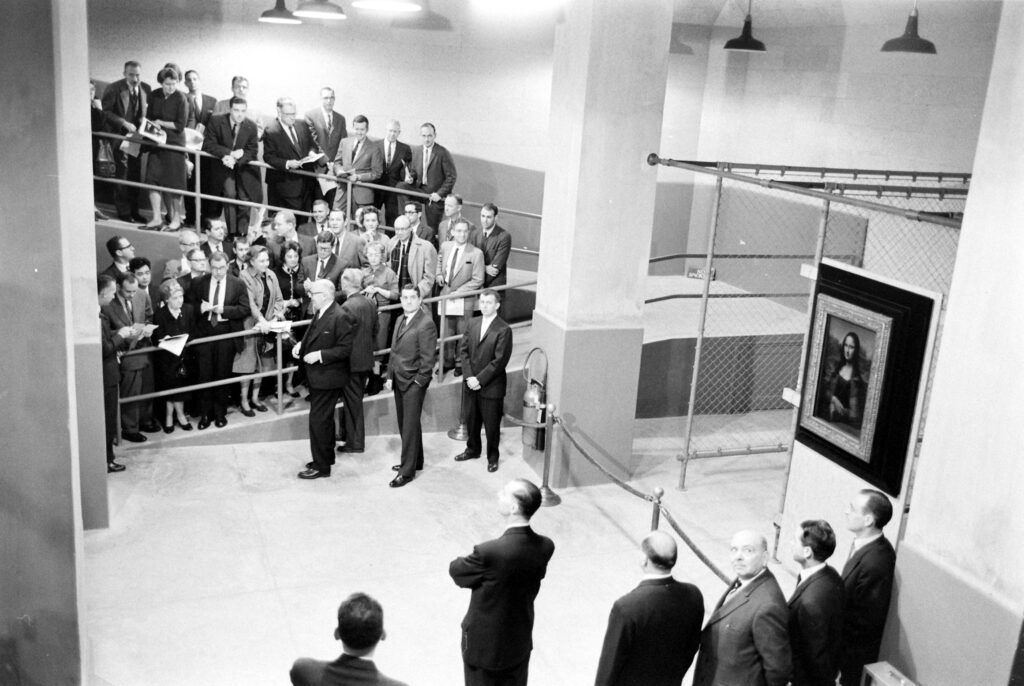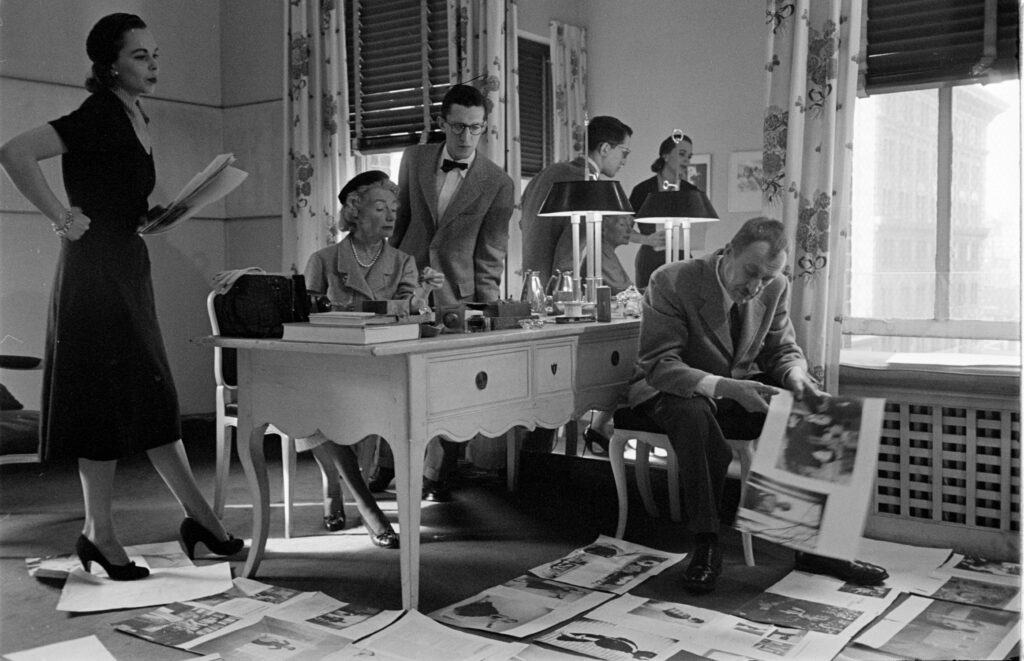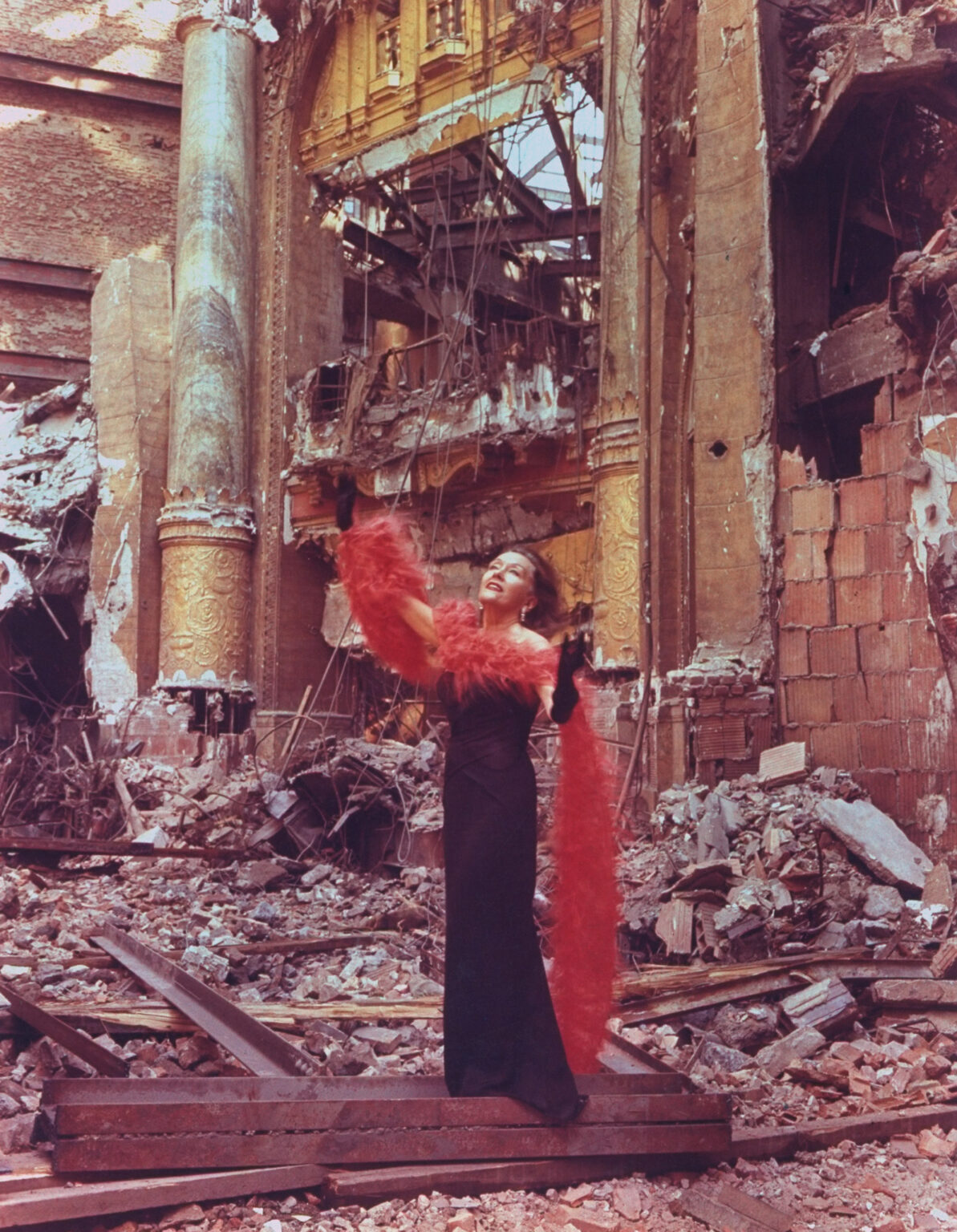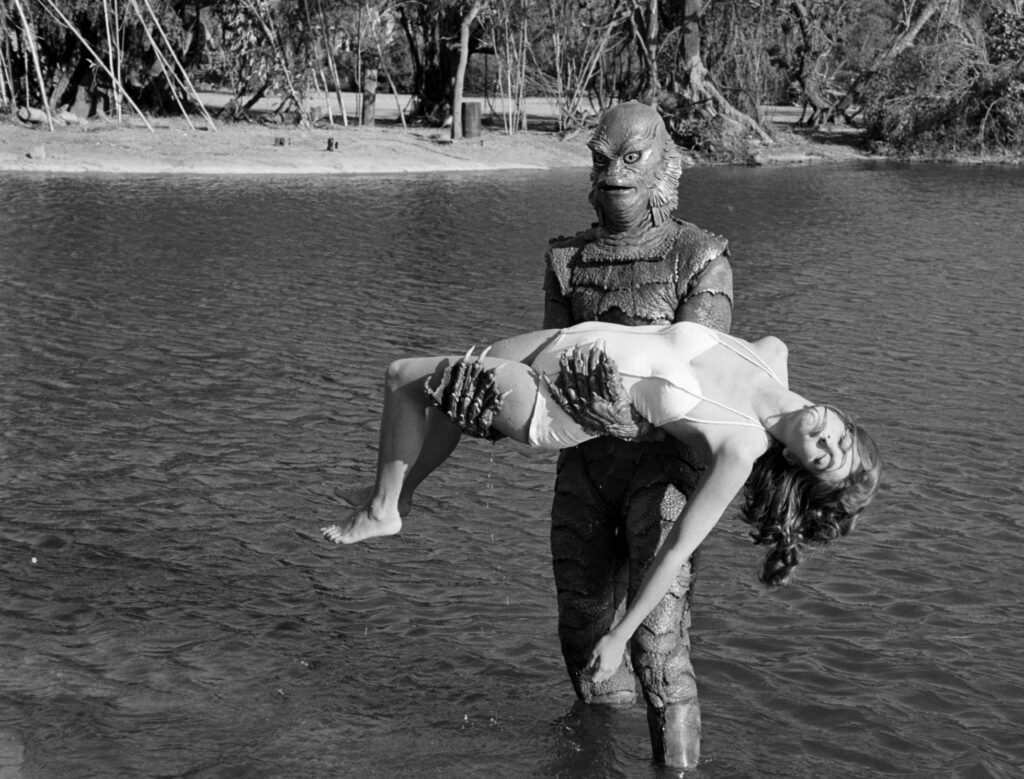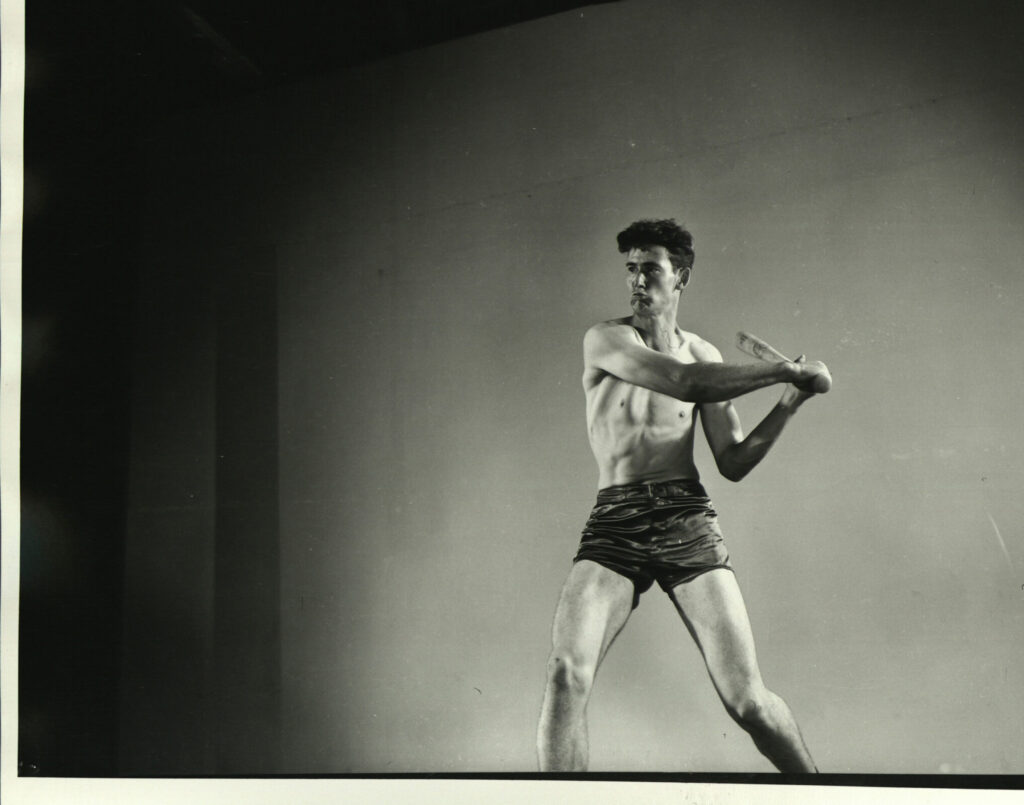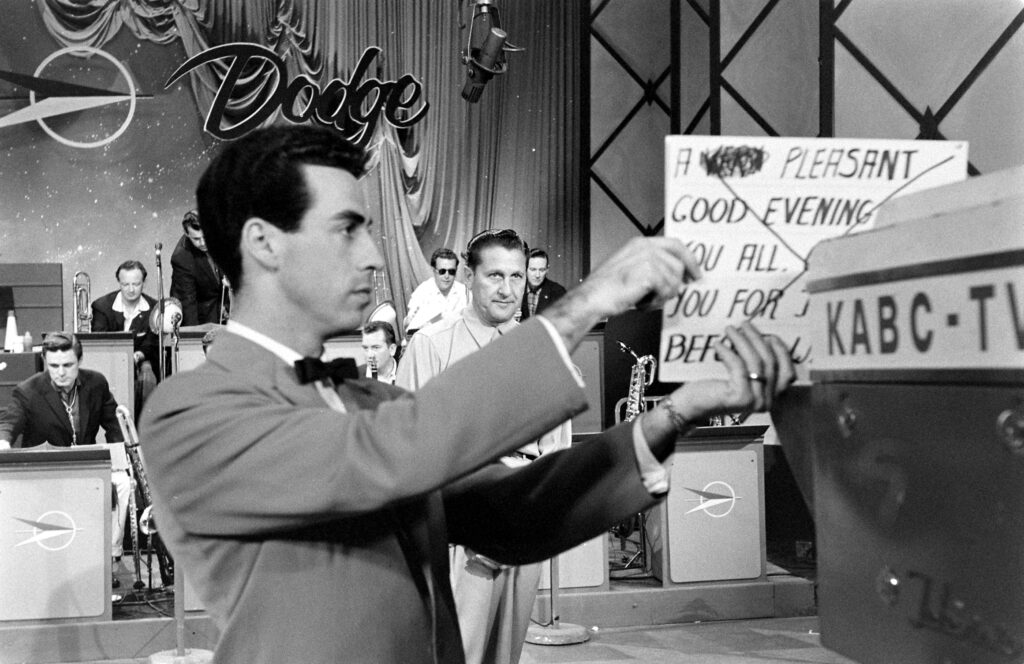Written By: Ben Cosgrove
Some photographers become known for their mastery of a specialized topic, but John Dominis had the enviable ability to see and to capture anything.
Born in Los Angeles in 1921, Dominis was majoring in cinematography at USC when he left school in 1943 to enlist in the Air Force. After the war, he freelanced as a photographer for a number of national publications, including LIFE, and was put on staff in 1950 when he volunteered to cover the Korean War.
His 1965 photograph of Mickey Mantle tossing his helmet in disgust after a terrible at-bat is one of the most eloquent pictures ever made of a great athlete in decline and just to keep everyone guessing John Dominis also made some of the most memorable images of food ever to grace the pages of LIFE.
“The great thing about working with LIFE,” Dominis once said, “was that I was given all the support and money and time, whatever was required, to do almost any kind of work I wanted to do, anywhere in the world. It was like having a grant, a Guggenheim grant, but permanently.”
Dominis was remarkably candid about his work, and no more so than when discussing how he managed to make one of the most famous, and controversial, shots of his career: the bristling-with-energy picture of a leopard and a baboon facing off in what one immediately imagines rightly, as it turns out is a fight to the death.
In John Loengard’s terrific 1998 book, LIFE Photographers: What They Saw, Dominis says of that photo:
I certainly wasn’t a cat expert, but I could hire people who knew things. They’d lined up a hunter in Botswana, who was a hunter for zoos. He had caught a leopard, and he put the leopard in the back of the truck, and we went out into the desert. He would release the leopard, and most of the time the leopard would chase the baboons and they would run off and climb trees. I had photographed all this. But for some reason one baboon . . . turned and faced the leopard, and the leopard killed it. We didn’t know that this was going to happen. I just turned on the camera motor, and I got this terrific shot of this confrontation.
There was a different feeling about that in the 1960s. We were always setting up pictures. . . . But now there are many, many more competent photographers doing this stuff over long periods of time four or five years if a scientist is on a big study. . . . No one was working that way then. I felt that my job was to get the pictures. . . . We shot a gazelle and put it in a tree and waited for a cat to come. I didn’t feel bad about it at all. It sounds terrible now, I know, and maybe my attitude would be different now. . . . I’ve been criticized a lot. But to me, I had to do what I did.
His encounters with humans were (usually) less fraught, but always involved the same degree of preparation. Of his remarkable series of photos of Steve McQueen, and how he got the notoriously private and solitary actor to relax with a photographer around, Dominis told LIFE.com:
When I was living in Hong Kong I had a sports car and I raced it. And I knew that McQueen had a racing car. I rented one anticipating that we might do something with them. He was in a motorcycle race out in the desert, so I went out there in my car and met him, and I say, ‘You wanna try my car?’ We went pretty fast I mean, as fast as you can safely go without getting arrested and we’d ride and then stop and trade cars. He liked that, and I knew he liked it. I guess that was the first thing that softened him.
Then there’s Woodstock, an event that opened the eyes of a man who’d seen everything:
“I really had a great time,” Dominis told LIFE.com, decades after the fact. “I was much older than those kids, but I felt like I was their age. They smiled at me, offered me pot. . . . You didn’t expect to see a bunch of kids so nice; you’d think they’d be uninviting to an older person. But no they were just great!
“I worked at LIFE for 25 years, and worked everywhere and saw everything, and I’ve told people every year since the Woodstock festival that it was one of the greatest events I ever covered.”
Dominis became photo editor of People magazine in the mid-1970s and was an editor at Sports Illustrated for a few years, as well (1978 – 1982). But it was his work for LIFE in the 1950s, ’60s and into the early ’70s that not only defined his peripatetic career, but produced some of the most memorable and moving images of the 20th century. He died on Dec. 30, 2013, at his home in New York City, at the age of 92.
Liz Ronk edited this gallery for LIFE.com. Follow her on Twitter at @LizabethRonk.

A Southern Pacific locomotive used a plow to clear snow from tracks in Donner Pass, five miles west of Soda Springs, Calif., 1949.
John Dominis/Life Pictures/Shutterstock

An Army unit patrolled at night in Korea, 1951.
John Dominis/Life Pictures/Shutterstock

A rifleman dashed uphill to take cover from enemy fire, Korea, 1951.
John Dominis/Life Pictures/Shutterstock

New York Giants star Willie Mays, 1954.
John Dominis/Life Pictures/Shutterstock

Mothers grieved for their sons killed during a student demonstration, South Korea, 1960.
John Dominis/Life Pictures/Shutterstock

A boat girl rowed a sampan across the Perfume River, Vietnam, 1961.
John Dominis/Life Pictures/Shutterstock

Mountain tribal village, Vietnam, 1961.
John Dominis/Life Pictures/Shutterstock

Navy air operations on the aircraft carrier Independence, 1961.
John Dominis/Life Pictures/Shutterstock

Dancer Jacques D’Amboise played with his children near his home in Washington state, 1962.
John Dominis/Life Pictures/Shutterstock

Robert Kennedy shook hands from a train window, Japan, 1962.
John Dominis/Life Pictures/Shutterstock

President John F. Kennedy in the midst of a ticker tape parade during a state visit to Mexico, 1962.
John Dominis/Life Pictures/Shutterstock

Robert F. Kennedy with Japanese children, 1962.
John Dominis/Life Pictures/Shutterstock

Sen. Edward Kennedy (right) with an old friend, Jack Dixon, in his office during his first year in the Senate, 1963.
John Dominis/Life Pictures/Shutterstock

Steve McQueen took a break during a motorcycle race across the Mojave Desert, 1963.
John Dominis/Life Pictures/Shutterstock

Steve McQueen with his wife Neile at home in California, 1963.
John Dominis/Life Pictures/Shutterstock

Steve McQueen at home, 1963.
John Dominis/Life Pictures/Shutterstock

A trout “flew” out of a bed of almonds in preparation for Trout Amandine, 1964.
John Dominis/Life Pictures/Shutterstock

The Beatles, 1964.
John Dominis/Life Pictures/Shutterstock

Mickey Mantle tossed his helmet in disgust after a terrible at-bat, New York, 1965.
John Dominis/Life Pictures/Shutterstock

Frank Sinatra in rehearsal, Las Vegas, 1965.
John Dominis/Life Pictures/Shutterstock

Outside the presidential suite at the Sands Hotel in Las Vegas in 1965, Frank Sinatra said goodbye to his mother, Dolly (left), and his father, Martin (center). They visited from New Jersey during the winter months.
John Dominis/Life Pictures/Shutterstock

Muhammad Ali after his title defense against Sonny Liston (the “Phantom Punch” bout), Lewiston, Maine, 1965.
John Dominis/Life Pictures/Shutterstock

Argentinian matambre, a slice of beef rolled with vegetables and chilies, 1966.
John Dominis/Life Pictures/Shutterstock

A pair of lions in the wild in Africa, 1966.
John Dominis/Life Pictures/Shutterstock

A leopard about to kill a baboon, 1966.
John Dominis/Life Pictures/Shutterstock

American sprinters Tommie Smith (center) and John Carlos (right), after winning gold and bronze Olympic medals in the 200 meters, respectively, raised their fists in a Black Power salute, Mexico, 1968. Australian silver medalist Peter Norman is at left.
John Dominis/Life Pictures/Shutterstock

Dustin Hoffman kissed his wife, Anne Byrne, in the back of a taxi, New York, 1969.
John Dominis/Life Pictures/Shutterstock

Woodstock Music and Art Fair, 1969.
John Dominis/Life Pictures/Shutterstock

John Wayne during a break in the filming of The Undefeated, 1969.
John Dominis/Life Pictures/Shutterstock

John Wayne during filming of The Undefeated, 1969.
John Dominis/Life Pictures/Shutterstock

Robert Redford exercised one of his eight saddle horses on his ranch in Utah, 1970.
John Dominis/Life Pictures/Shutterstock

The 90-meter ski jump at the 1972 Olympics in Japan.
John Dominis/Life Pictures/Shutterstock

































